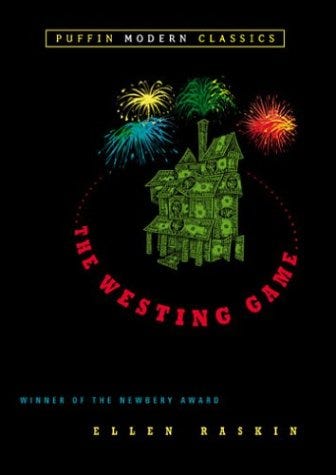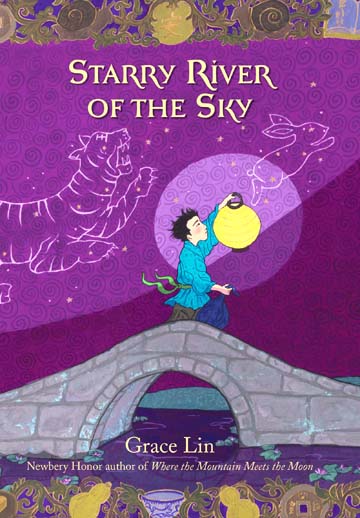Any Small Goodness: A Novel of the Barrio. by Tony Johnston. (2001). 128p. New York: Scholastic Press.
Awards and Honors: NCTE Notable Children's Book, CLA John and Patricia Beatty Award Winner
Review:
Arturo and his tight-knit family live in East L.A.- a sometimes tough, sometimes violent, and sometimes beautiful place. His parents are loving and kind and encourage him to see the beauty in "any small goodness". Even though life can be hard, kindness and good deeds are everywhere if you choose to acknowledge them. Each chapter tells the story of a "small kindness" in Arturo's neighborhood. His grandmother, little sister and older brother are each strong and compelling characters; and his teachers, coaches, neighbors and school librarian act as role-models in the story. Spanish words and phrases are liberally sprinkled throughout the book, which includes a glossary for non-Spanish speakers.
Opinion:
Although I had some qualms with the book's representation of Los Angeles, I feel that the overall message was quite lovely. The book's representation of a loving family was refreshing and heart-warming.











